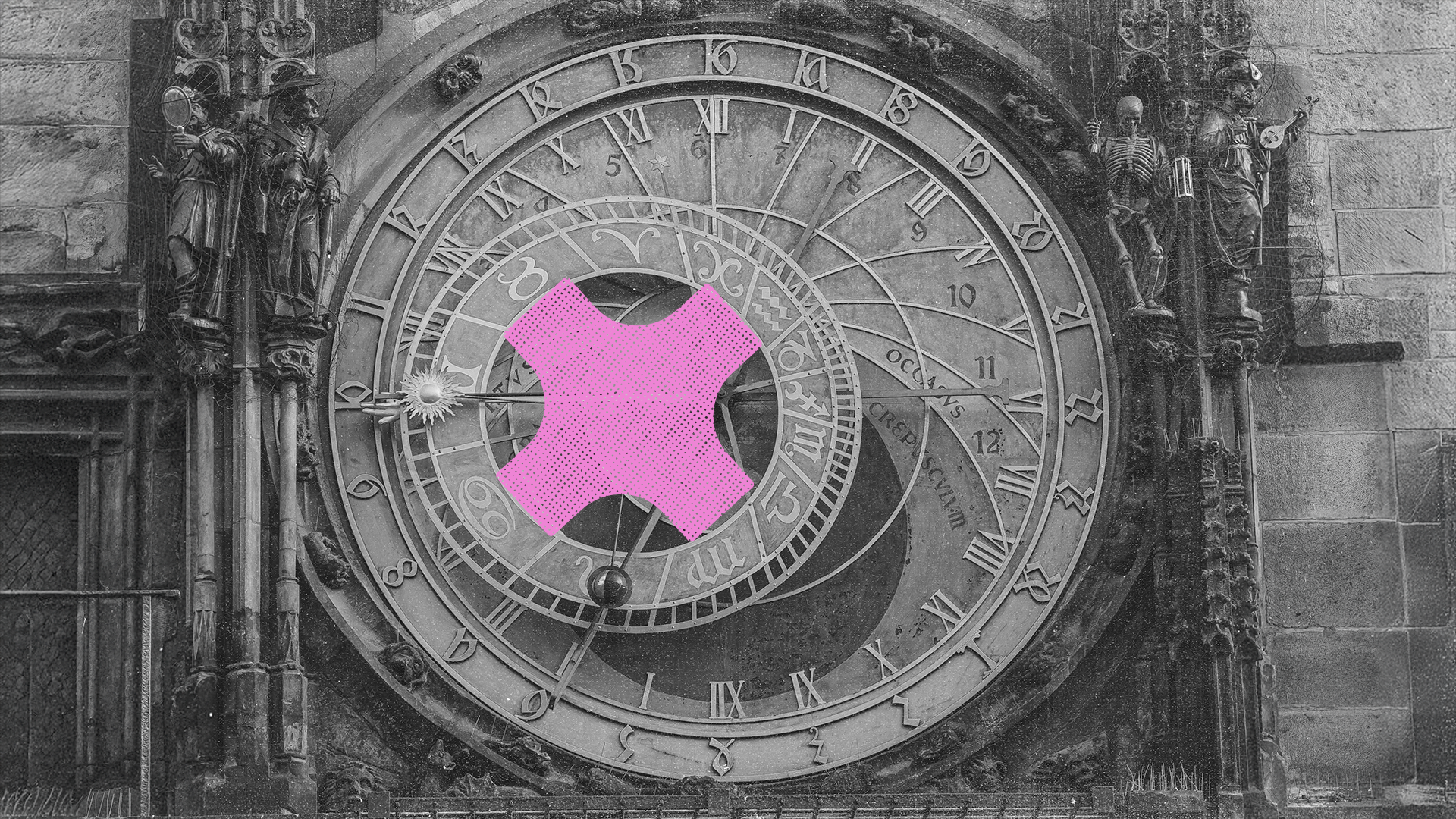This is Part 7 of our series on "The creative industry's relationship with time". If you missed it, read part 6 here.
"Time is the most valuable thing a man can spend."
- Theophrastus
The tension between motivation and demoralisation sits at the heart of many agency struggles with time management. When mishandled, it becomes a soul-crushing exercise that stifles the very creativity it aims to measure.
When approached with intention, time tracking can be genuinely motivating for creative teams. Understanding how time is spent, when framed positively, can create the clarity and purpose that many of us actually crave.
What are the facts?
Research consistently shows that progress is one of the most powerful motivators in professional settings. As Teresa Amabile and Steven Kramer discovered in their landmark study, "The Progress Principle," the single most important factor in boosting motivation and positive emotions at work is making progress in meaningful work. Time tracking, when framed correctly, can (go some way to) make this progress visible.
Consider how being aware of where our time is being spent and our efforts being directed, can motivate:
- Celebrating accomplishments: Seeing how much you've achieved in a given timeframe provides tangible evidence of your impact. "I just mastered something that I couldn’t 6 months ago" feels more concrete than a vague sense of having been busy.
- Mastering your craft: Improving efficiency without sacrificing quality is a mark of growing expertise. As mentioned previously, constraints can often enhance creativity rather than limiting it.
- Creating sustainable rhythms: Understanding your natural creative cycles helps establish work patterns that maximise energy and minimise burnout. Some creatives do their best conceptual work in the morning, while others find flow in the afternoon or evening.
- Building team trust: When everyone has visibility into workloads, it becomes easier to distribute work fairly and recognise when someone needs support. It also helps in scheduling meetings and how to give a wide berth to your colleague who very intentionally just put their headphones on!
The demoralising reality of getting it wrong
Despite these potential benefits, the reality in many agencies is that time tracking becomes a demoralising exercise in bureaucracy. When implemented poorly, it creates a culture of distrust and micromanagement that undermines the very creativity agencies depend on.
These demoralising aspects typically manifest as:
- Administrative burden: Creative minds often resist administrative tasks that feel disconnected from their core work. As one designer shared anonymously with It's Nice That:
"When I'm really engrossed in a creative project, my working style is really nonlinear. I take a lot of breaks, do mini bursts of work, switch between projects... design work is hard to quantify, even if you're organised."
- Artificial precision: Breaking creative work into 15-minute increments creates an illusion of precision that doesn't match the reality of creative thinking or, in fact the reality of a call with the client recovering that specific 15 minutes.
- Punishment orientation: When time tracking becomes primarily about identifying inefficiencies or justifying billable hours, it creates anxiety rather than motivation. One agency reportedly locks creatives out of their computers if timesheets aren't completed—a perfect example of the "stick" approach gone wrong.
- Disconnection from purpose: Without clear connection to meaningful outcomes, time tracking feels like surveillance rather than support. As Kerry McKibbin, Partner & President of Mischief @ No Fixed Address, argues:
”Timesheets mean billing clients by the hour against a rate card. This rewards bad agency behaviour, like trading down talent or inflating hours."
So how do we find the balance? The key distinction between motivating and demoralising approaches to time lies in intention and implementation. Time awareness can be valuable; time obsession is destructive.
Oliver Burkeman, in "Four Thousand Weeks," offers a perspective that resonates with creative work:
”The real measure of any time management technique is not how many additional tasks it enables you to cram into your day but whether it helps you spend more of your time on what matters most."
For agency leaders, (and I’m a huge advocate of this first point) this means, focusing on outcomes, not inputs. Track time to understand patterns and improve processes, not to micromanage individual hours.
Then, connect that tracking to meaningful benefits. Make explicit how time data translates to better client work, more sustainable workloads, and professional growth.
Going a step further, make the practice of tracking as simple as possible. Reduce the administrative burden by using intuitive tools and reasonable time increments. We’re not lawyers, and we’re certainly not charging the client every time we pick up the phone. I haven’t done much (in fact, any) selling in this series, but I think it’s ok to say we won an award for making time-tracking as intuitive and rewarding as possible?
Finally, be 110% transparent in sharing how the data influences business decisions and demonstrate that you're using it to support teams, not just scrutinise them.
Answering the right question
The question isn't whether creative agencies should track time, but how they can do so in ways that motivate rather than demoralise. When time tracking becomes a tool for empowerment rather than enforcement, it transforms from a necessary evil into a valuable ally.
If your culture in relation to time is to constantly be on the hunt for what (and many people will feel this as who) is going wrong then the demoralising train will be hurtling down the tracks faster than you can say, “who would like to work on this brief for the world’s biggest oil company.” But, if your WIP, JCR (Job Cost Report) or Profit Progress meetings are focusing on how can we find more time to do more of what we love, we’ll see proactivity, satisfaction and happiness scores float beautifully skywards.
This balanced approach recognises both the business necessity of understanding time and the creative necessity of not being ruled by it. In the tension between motivation and demoralisation lies the opportunity to develop a healthier relationship with time—one that serves both the business and the humans who make it thrive.
















